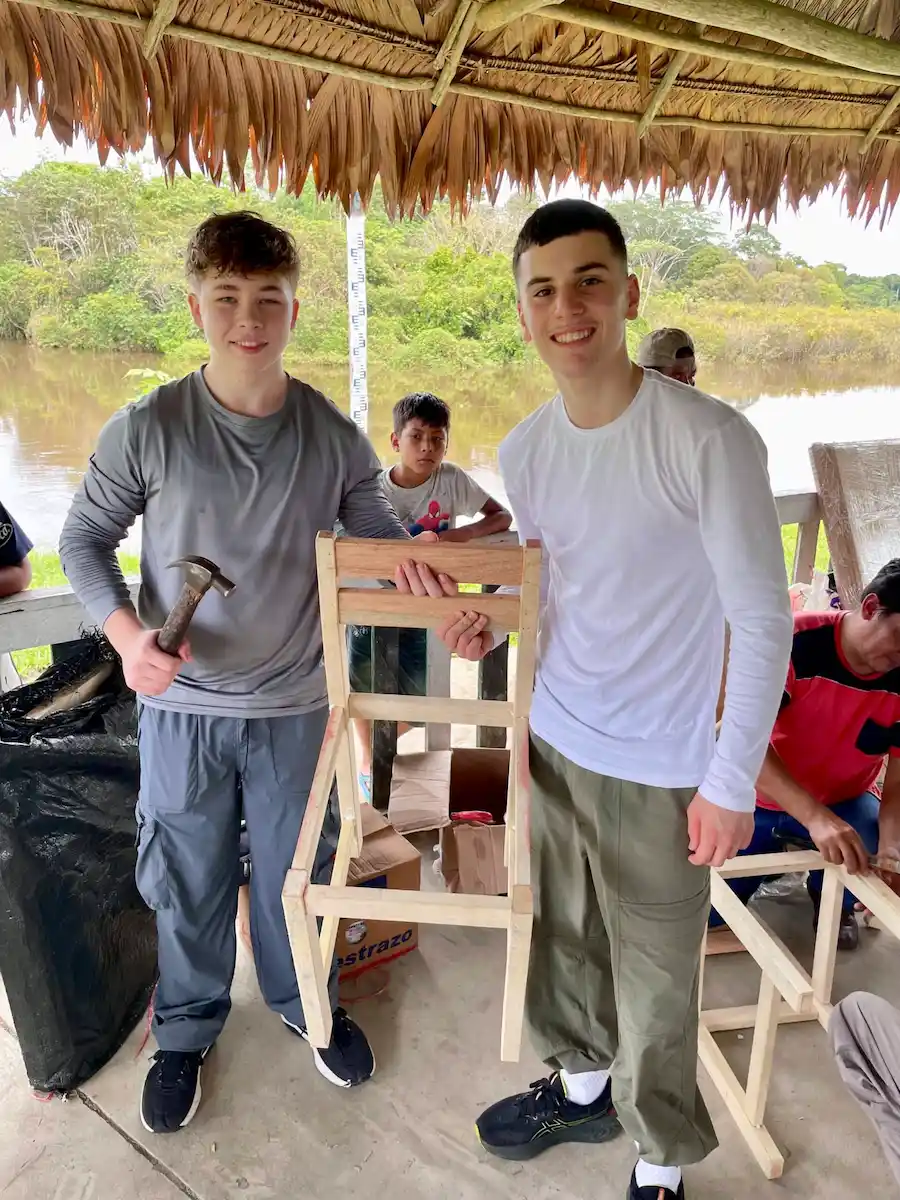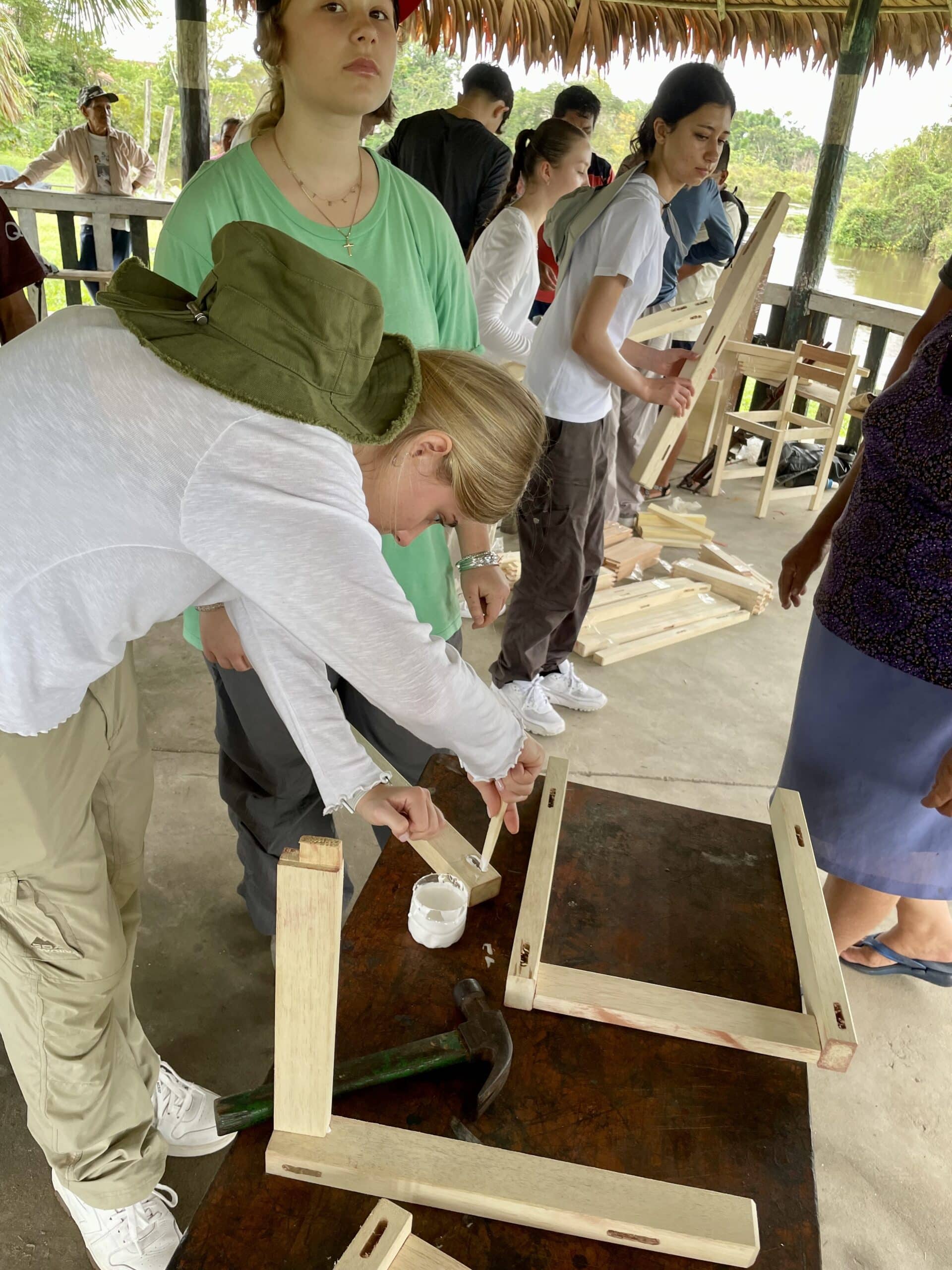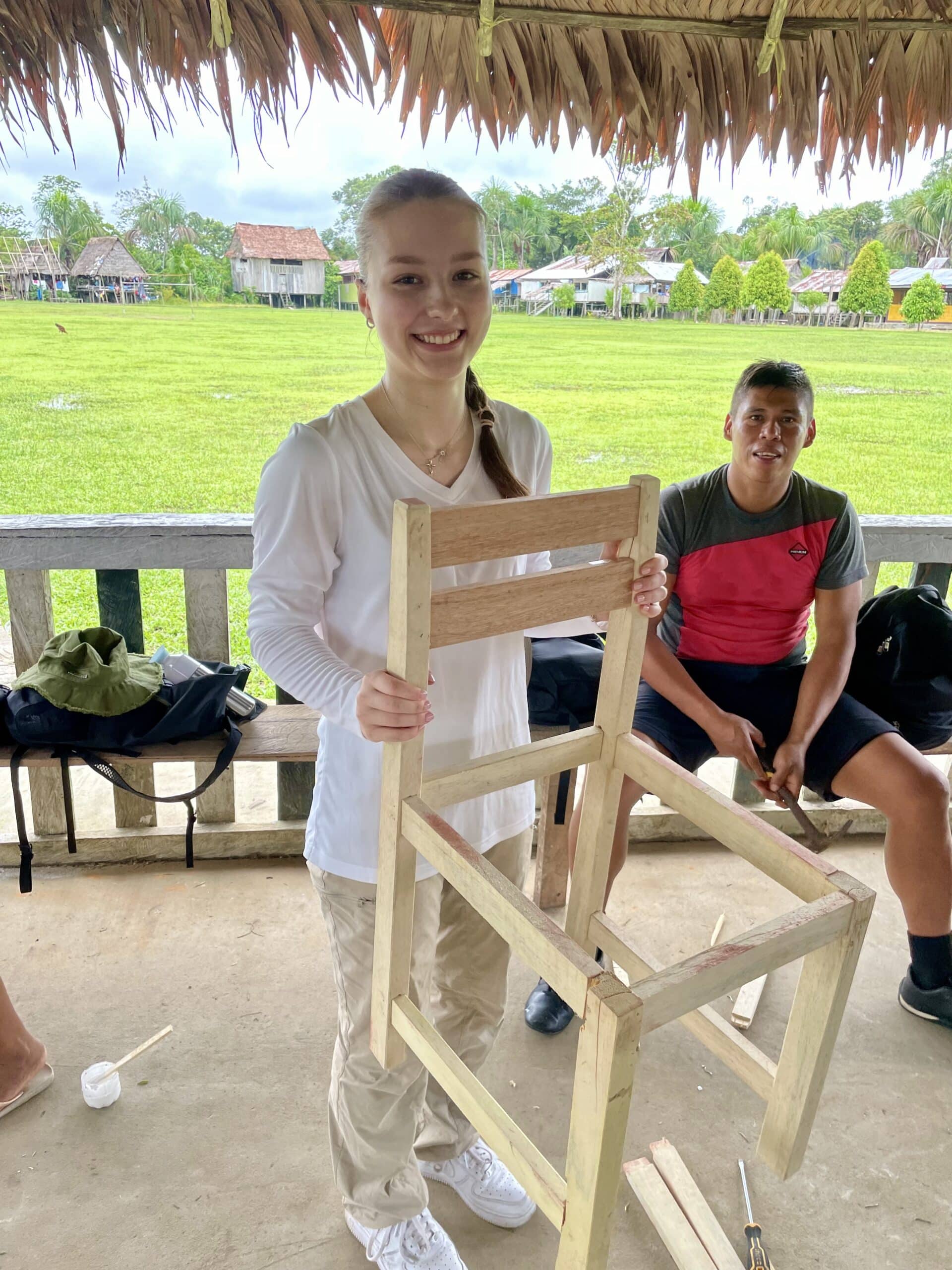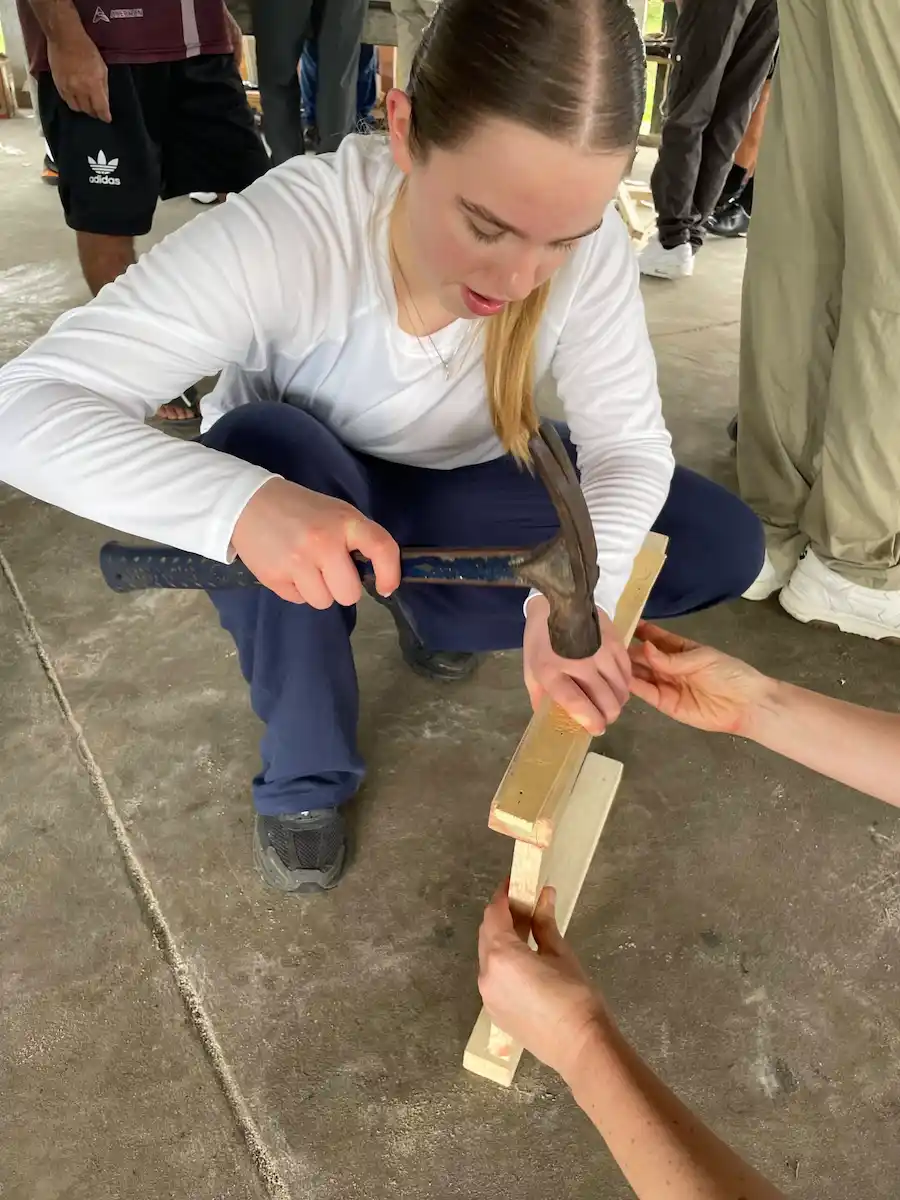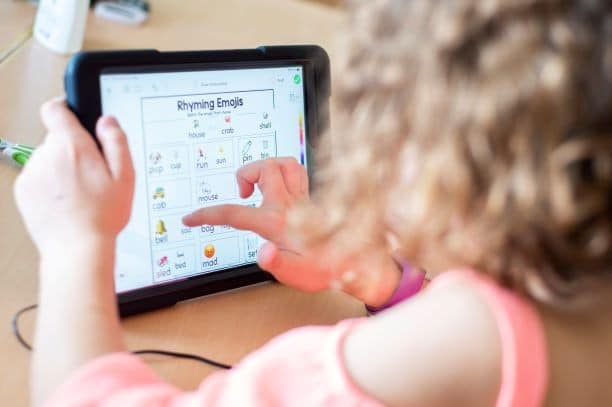
Distance education: E-learning, online classes and independent off-line study
Innovation and technology in the CIS/IFK Bilingual Primary School
Since the first lockdown due to the Corona pandemic in March 2020, there have been significant changes to teaching and learning throughout Cologne International School – Internationale Friedensschule Köln – and especially in our primary section. While it is difficult to see too many positives in the current pandemic and the challenges presented to education, I think we have tackled the situation with a pioneering spirit, an open mind, and the optimism characteristic of the city of Cologne, the “Rheinland” area and the International Baccalaureate Organization. In fact, I think you would be hard-pressed to find schools in the region that deliver e-learning – online education and online classes – at the same level as we do. The influx of families joining CIS/IFK, who are frustrated with sluggish and inefficient lockdown responses at public schools is one indicator, but I think there are more.
When I was appointed to the Media Coordinator position in the Bilingual Primary School early last summer (along with Ronald Effertz, who holds this position for the Secondary section), I had a vague idea of what that task would entail in the context of a pandemic. Now, nearly a year later, the picture has become much clearer.
A steady growth mindset has lead us to the following positive situation, where we are able to offer all of our students a variety of learning options to guide and support them during lockdown situations.
Distance education: e-learning, online classes and off-line study
- There is a dedicated online learning program for all primary students. The schedule of online classes is flexible enough for families to organize their daily life around, but it is also consistent enough to give our students much-needed structure and predictability in a time of crisis.
- We offer two virtual classroom environments. Lower primary students (first and second grade) learn in the Google Classroom environment, upper primary students are based in Seesaw, a newer Google competitor in this domain.
- Live lessons take place through Google Meet. They are an adjunct to the virtual classrooms. While Google Meet is not without its flaws (audio and video stability, simplistic assignment of meeting privileges), it is generally stable enough to enable teachers to monitor learning progress and review student questions and concerns.
- Enough iPads to assign to all third and fourth-grade students and most first and second-grade students (where, naturally, the focus is less on device-based learning and more on traditional pencil and paper learning).
- A device infrastructure based on Apple products (Macbooks for teachers and Apple TV ready smart TVs that are replacing the ageing electronic whiteboards).
- A variety of teaching and learning apps under review for school-wide implementation during online classes (e.g. “Quizlet”, “Socrative”, “Class Dojo”)
From the perspective of a Media Coordinator, these are exciting times. No online education can replace the vivid energy of a live classroom, but there are surprisingly many students and teachers who actually prefer online learning and teaching. While I am not one of them, I can fully appreciate the learning and growth opportunities this pandemic has provided. That, at least and last, is positive, after all!
Patrick Kalanu, Bilingual Primary School
Find out more about technology and innovation in our Bilingual Primary School and our Secondary School (Gymnasium bilingual + and International Secondary).





